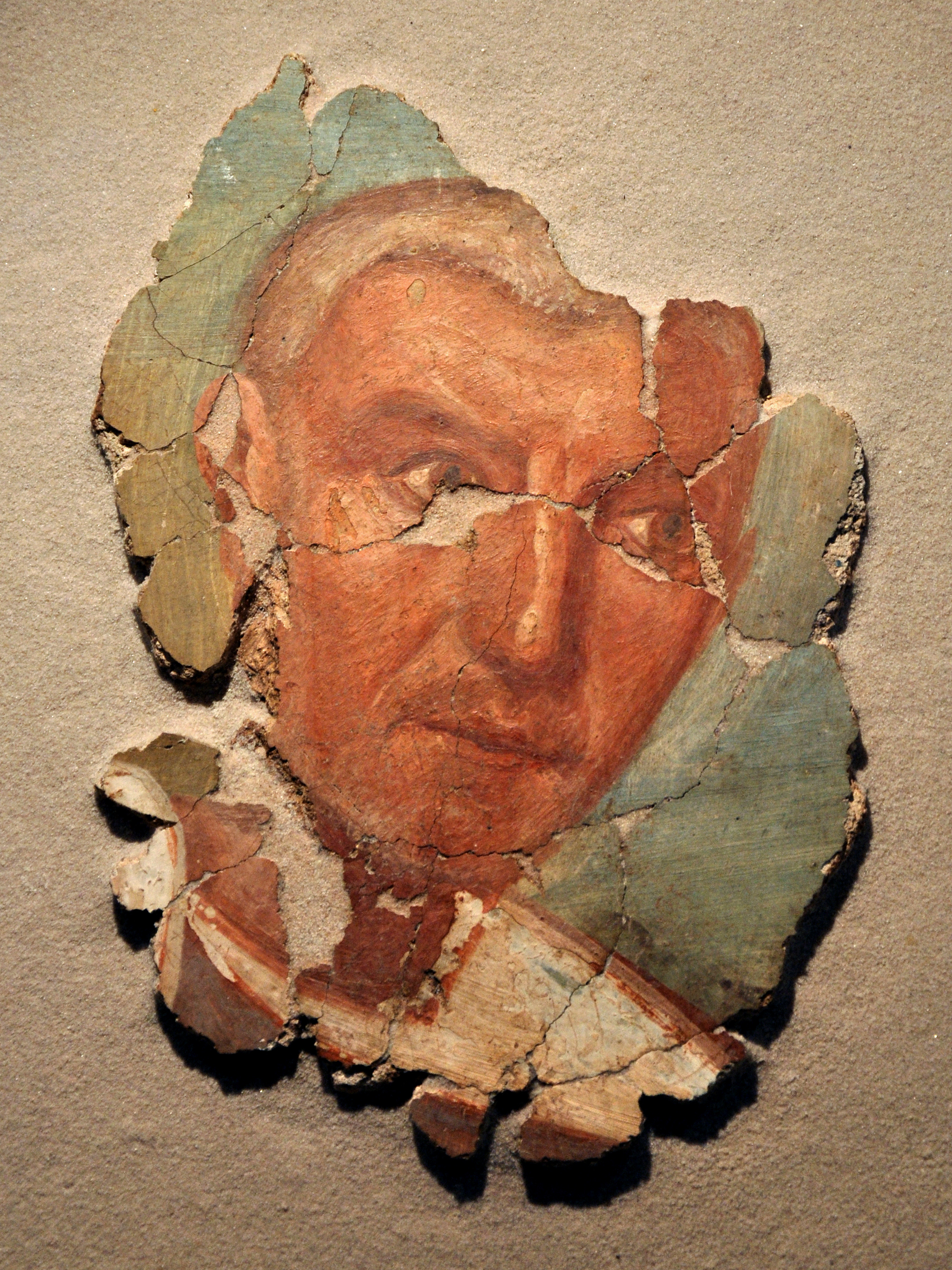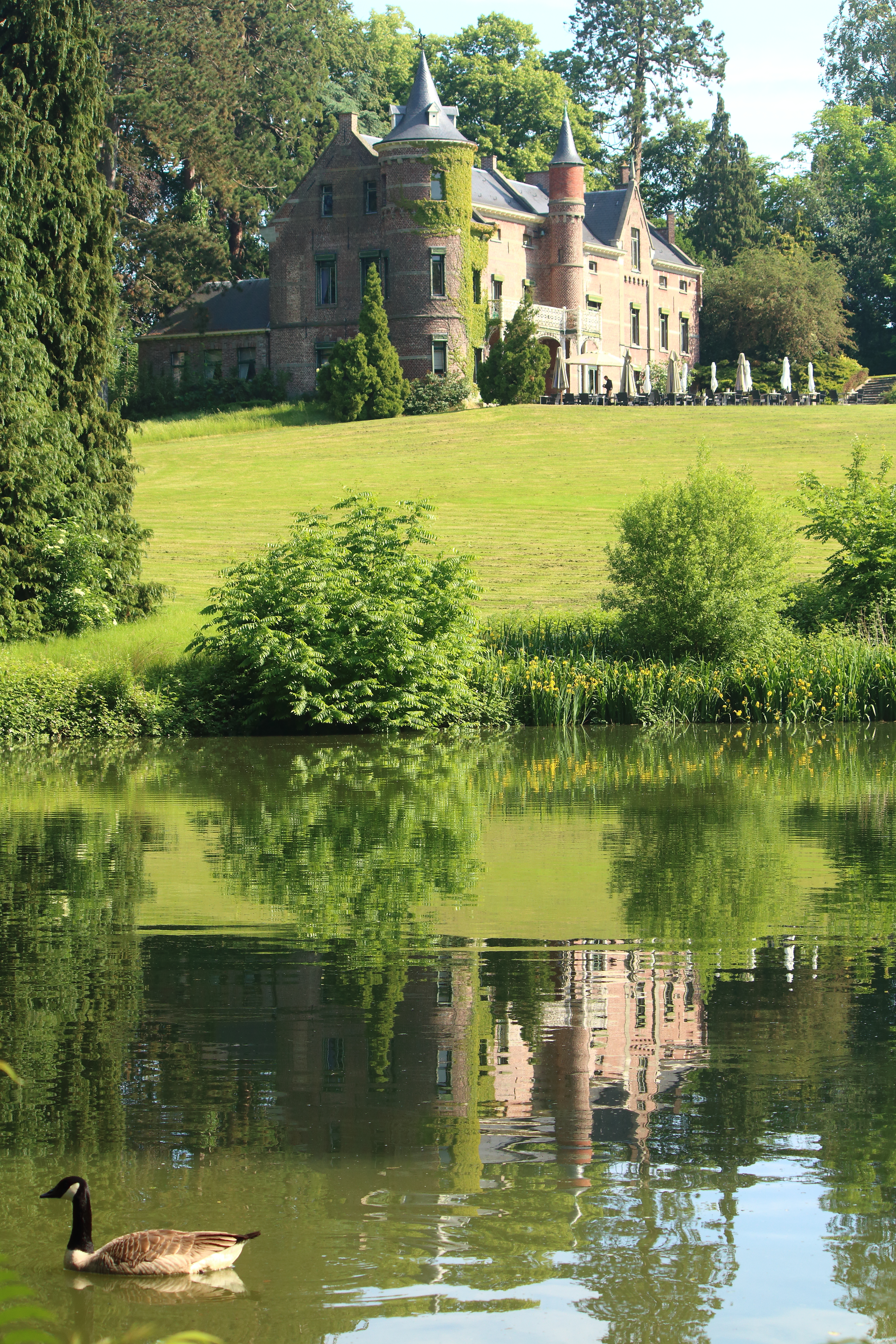|
Oombergen
Zottegem (, Sotteghem and Sottegem in older English and French language sources) is a City status in Belgium, city and Municipalities of Belgium, municipality located in Belgium and more particularly in Flanders, in the province of East Flanders. The municipality comprises the town of Zottegem proper and the villages of Elene, Erwetegem, Godveerdegem, Grotenberge, Leeuwergem, Oombergen, Sint-Goriks-Oudenhove, Sint-Maria-Oudenhove, Strijpen and Velzeke-Ruddershove. On 1 January 2018, Zottegem had a total population of 26,373. The total area is 56.66 km2 which gives a population density of 470 inhabitants per km2. Zottegem is part of the hilly geographical area of the Flemish Ardennes (''Vlaamse Ardennen''); the hills and cobblestone streets (Paddestraat) are regular locations in the springtime classic cycle races, cycle classics of Flanders. The city is known for its ties with Lamoral, Count of Egmont. Lamoral has an Egmont Castle (''Egmontkasteel''), an Egmont museum (''Egmo ... [...More Info...] [...Related Items...] OR: [Wikipedia] [Google] [Baidu] |
Strijpen
Zottegem (, Sotteghem and Sottegem in older English and French language sources) is a city and municipality located in Belgium and more particularly in Flanders, in the province of East Flanders. The municipality comprises the town of Zottegem proper and the villages of Elene, Erwetegem, Godveerdegem, Grotenberge, Leeuwergem, Oombergen, Sint-Goriks-Oudenhove, Sint-Maria-Oudenhove, Strijpen and Velzeke-Ruddershove. On 1 January 2018, Zottegem had a total population of 26,373. The total area is 56.66 km2 which gives a population density of 470 inhabitants per km2. Zottegem is part of the hilly geographical area of the Flemish Ardennes (''Vlaamse Ardennen''); the hills and cobblestone streets ( Paddestraat) are regular locations in the springtime cycle classics of Flanders. The city is known for its ties with Lamoral, Count of Egmont. Lamoral has an Egmont Castle (''Egmontkasteel''), an Egmont museum (''Egmontkamer'') and two statues of Egmont in the centre of Zottegem. ... [...More Info...] [...Related Items...] OR: [Wikipedia] [Google] [Baidu] |
Arrondissement Of Aalst
The Arrondissement of Aalst (; ) is one of the six administrative Arrondissements of Belgium, arrondissements in the Provinces of Belgium, Province of East Flanders, Belgium. It forms the Judicial Arrondissement of Dendermonde together with the Arrondissements of Arrondissement of Dendermonde, Dendermonde and Arrondissement of Sint-Niklaas, Sint-Niklaas. History The Arrondissement of Aalst was created in 1818 by the merging of the canton of Aalst from the Arrondissement of Dendermonde with the cantons of Geraardsbergen, Herzele, Ninove and Zottegem from the Arrondissement of Oudenaarde. When the language border was determined in 1963, part of the then municipality of Twee Akren, in the Arrondissement of Soignies, was added to the arrondissement. In 1977, the then-municipality of Sint-Maria-Oudenhove ceased to exist when merged with the municipalities of Zottegem and Brakel, Belgium, Brakel. As a result, the part of Sint-Maria-Oudenhove which was merged with Brakel was ceded to th ... [...More Info...] [...Related Items...] OR: [Wikipedia] [Google] [Baidu] |
Flemish Ardennes
The Flemish Ardennes (Dutch language, Dutch: ''Vlaamse Ardennen'') is an informal name given to a hilly region in the south of the province of East Flanders, Belgium. Highest summit is the Hotondberg (151 m). Main characteristics of the region are rural hilly landscapes with hilltop bluebell woodlands (Muziekbos, Brakelbos, Kluisbos), windmills and watermills. The area is distinct and not adjacent to the larger Ardennes, which is further to the south east of the country in Wallonia, France, Germany and Luxembourg. Among the largest towns in the area are Oudenaarde, Ronse, Zottegem and Geraardsbergen. Cycling is particularly popular in the Flemish Ardennes. Many major bike races are held here, including a large part of the Tour of Flanders (other), Tour of Flanders. Most of its toughest climbs (Koppenberg, Taaienberg, Molenberg (Zwalm), Molenberg, Paterberg, Oude Kwaremont, Muur van Geraardsbergen, Eikenberg) and most of its cobblestone-street sections (Paddestraat) are ... [...More Info...] [...Related Items...] OR: [Wikipedia] [Google] [Baidu] |
Gallo-Roman Culture
Gallo-Roman culture was a consequence of the Romanization of Gauls under the rule of the Roman Empire in Roman Gaul. It was characterized by the Gaulish adoption or adaptation of Roman culture, language, morals and way of life in a uniquely Gaulish context. The well-studied meld of cultures in Gaul gives historians a model against which to compare and contrast parallel developments of Romanization in other less-studied Roman provinces. ''Interpretatio romana'' offered Roman names for Gaulish deities such as the smith-god Gobannus; however, of the Celtic deities, only the horse-patroness Epona penetrated Romanized cultures beyond the confines of Gaul. The barbarian invasions began in the late 3rd century and forced upon Gallo-Roman culture fundamental changes in politics, economic underpinning and military organization. The Gothic settlement of 418 offered a double loyalty, as Western Roman authority disintegrated at Rome. The plight of the highly-Romanized governing clas ... [...More Info...] [...Related Items...] OR: [Wikipedia] [Google] [Baidu] |
Archaeological Museum Of Velzeke
The archaeological museum of Velzeke (Dutch language, Dutch: ''Archeocentrum Velzeke'') is a museum located on the Paddestraat in Velzeke-Ruddershove in Zottegem, Belgium. It focuses on Prehistory, prehistorical times and the Gallo-Roman culture, Gallo-Roman period. The museum opened its doors in 1972. The museum is located in Velzeke, a vicus where two Roman roads crossed (Boulogne-Tongeren and Bavay-north). It is the starting point for the signposted tourist route ''Viae Romanae Velzeke-Bavay'' which follows the old Roman road to Bavay. Archeologists found several Roman artefacts on the archaeological site next to the museum. In 1971 a bronze statue was found, known as the 'Venus of Velzeke'. A hoard of third-century Roman coins has been discovered at Velzeke, including 91 Denarius, denarii (ranging in date from the reign of Septimius Severus to that of Gordian III) and 93 Antoninianus, antoniniani (ranging in date from the reign of Elagabalus to that of Postumus). Since 2021 new ... [...More Info...] [...Related Items...] OR: [Wikipedia] [Google] [Baidu] |
Breivelde Castle
Breivelde Castle ( Dutch: ''Kasteel (van) Breivelde'') and the surrounding park Breivelde estate (''Domein Breivelde'') is a castle in Grotenberge, Zottegem in Belgium. Breivelde castle was built in Renaissance Revival architecture Renaissance Revival architecture (sometimes referred to as "Neo-Renaissance") is a group of 19th-century Revivalism (architecture), architectural revival styles which were neither Greek Revival architecture, Greek Revival nor Gothic Revival ar ... in 1904 by owner Philippe Plancqaert van Exen van Beauvechain, replacing a mansion erected in 1871 by former owner August De Rouck. It is surrounded by a public English landscape garden containing ponds, cascades and exotic trees. The imitation river bend (created around 1852) mirrors the castle in its waters. Since 1971 the domain is open to the public. The castle underwent several restorations; a new restoration phase started after 2021. It is a heritage monument landscape since 1982. Images Winte ... [...More Info...] [...Related Items...] OR: [Wikipedia] [Google] [Baidu] |
Windmill Of Elene
The Windmill of Elene is a former windmill in Elene, Zottegem, Belgium. The mill was built in 1762, following permission granted by Empress Maria-Theresa to Pieter Emanuel Joseph d'Hane. In the following centuries, it was owned by the heirs of the d'Hane de Steenhuyze family from Ghent. The mill was damaged during World War I World War I or the First World War (28 July 1914 – 11 November 1918), also known as the Great War, was a World war, global conflict between two coalitions: the Allies of World War I, Allies (or Entente) and the Central Powers. Fighting to .... Attempts to repair the mill stopped in 1923. It has not been operational since then. In 1979, the mill was protected as a monument. In 1984, urgent conservation repairs were carried out. Despite this, the windmill is in a state of decay. Gallery Windmolen_van_Elene_02.jpg Windmolen van Elene (historische prentbriefkaart).jpg Windmolen_van_Elene_08.jpg Windmolen_van_Elene_12.jpg References Externa ... [...More Info...] [...Related Items...] OR: [Wikipedia] [Google] [Baidu] |
Leeuwergem Castle
Leeuwergem Castle () is a stately home in the village of Elene in the municipality of Zottegem, East Flanders, Belgium. History The present building was constructed between 1762 and 1764, on the site of an earlier castle of the first half of the 15th century. It was built for the Ghent nobleman Pieter Emmanuel d’Hane (1726–1786), probably by Jean Baptist Simoens of Ghent (1715–1779). The interior and exterior is in the French château style, as the estate was built after examples in France. Today the castle is private property of the house of della Faille d'Huysse. Gardens The castle is known for its fine baroque gardens and hunting forest estate. The gardens were designed between 1763 and 1775. The gardens can be visited on request. The 2016 film ''The Exception'' was filmed in the castle. See also *List of castles in Belgium A list is a set of discrete items of information collected and set forth in some format for utility, entertainment, or other purposes. A li ... [...More Info...] [...Related Items...] OR: [Wikipedia] [Google] [Baidu] |
Egmont's Crypt
Egmont's crypt (Dutch: ''Egmontcrypte'') is a crypt on the market square in Zottegem, Belgium. The crypt contains the remains of Lamoral, Count of Egmont Lamoral, Count of Egmont, Prince of Gavere (18 November 1522 – 5 June 1568) was a general and statesman in the Habsburg Netherlands, Spanish Netherlands just before the start of the Eighty Years' War, whose execution helped spark the national up ... and his wife Sabina of Bavaria. History Around 1563, Lamoral had a burial crypt built underneath the Church of Zottegem for his grandfather and mother. The remains of Lamoral himself were added to that crypt in 1568 after he was beheaded on Brussels' Grand-Place/Grote Markt. His wife Sabina of Bavaria († 1578) and his sons Philip († 1590) and Charles († 1620) were also buried there. The crypt was used until the 17th century after which it fell into oblivion. In 1804, the graves were rediscovered by chance. They were transferred in 1857 to a newly built crypt, which was re ... [...More Info...] [...Related Items...] OR: [Wikipedia] [Google] [Baidu] |
Statue Of Egmont
The Statue of Egmont (Dutch: ''Egmontstandbeeld'' or ''Standbeeld van (Lamoraal van) Egmont'') is a statue of Lamoral, Count of Egmont in Zottegem, Belgium, dating from 1872. Three identical statues exist: another bronze copy of the statue stands in Zottegem since 1968 and in 1997 a bronze copy was placed in the moat at Egmond Castle in Egmond aan den Hoef in the Netherlands. History In 1814, the Zottegem city council started a campaign to erect a statue of Egmont on the central market square. In 1820, sculptor Jan-Robert Calloigne presented a plaster model of Egmont's statue at the Ghent Salon of the Royal Society of Fine Arts and Literature. In 1824, a plinth on the central square. In 1835, the literary society ''De Suyghelingen van Polus'' organised a poetry contest about Egmont, Winner Prudens van Duyse made a plea for a statue of Egmont. During the official opening of the newly built Egmont's crypt in 1857 Eugène Van Damme and Prudens van Duyse repeated their plea. The city ... [...More Info...] [...Related Items...] OR: [Wikipedia] [Google] [Baidu] |





